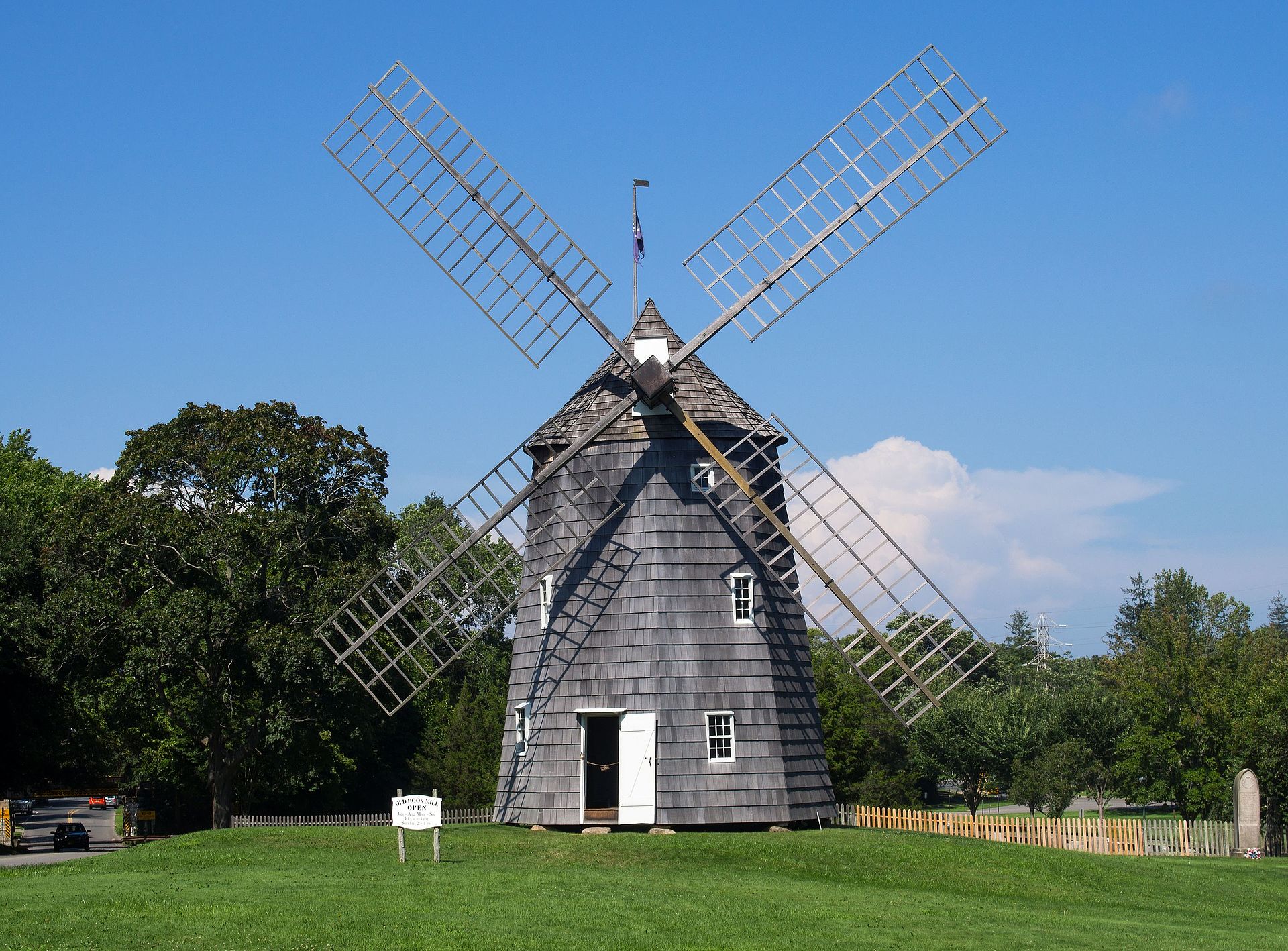Public Hearings Begin On East Hampton Studies

It is now the public’s turn to weigh in on the hamlet studies conducted by consulting teams working on behalf of the East Hampton Town Planning Department over the past many months. Each of the hamlets — Amagansett, East Hampton, Springs, Montauk, and Wainscott — will get its own night of consideration at a public hearing in front of the East Hampton Town Board.
Miss the night your hamlet’s hearing is on the agenda? Not to worry. According to Marguerite Wolffsohn, head of the East Hampton Town Planning Department, while the main focus of each meeting will be on one hamlet at a time, a member of the public can speak to issues about any of the hamlet studies at every meeting.
Wolffsohn stressed that it is important for members of the public to keep in mind that these studies are not dictating immediate goals. Rather, it is a long-term look, going forward over coming generations of change, that are the studies’ focus.
The meetings will all be held during the town board’s work sessions, held every two weeks at Town Hall on Pantigo Road. Each meeting will begin at 6:30 PM.
First up is Wainscott. That meeting is Thursday, October 4. The Wainscott study covers the area south of the highway, all the way north to the town’s border with Sag Harbor, including the airport, and is bound to the east by Route 114.
“This master plan is designed to help the town understand how the Wainscott commercial district looks and functions today, and to explore ways that it could be improved to better serve the community in the future,” the introduction to the 74-page study reads. The idea, it appears, as a goal, is to slowly, over coming generations, change the look of the business district along Montauk Highway, which is considered the gateway to East Hampton, from the semi-strip mall look it now has, to a village downtown area.
“The ultimate goal of this study is to provide the Town of East Hampton with an inspirational, achievable plan which will enhance Wainscott’s strengths while significantly improving the hamlet’s aesthetics, walkability, functionality, and vitality,” the introduction reads.
Also likely to be brought up at the hearing is the plan now being put forward by the owner of the 70-plus acre gravel pit just north of the highway to create 50 buildable commercial properties on the land. This proposal appears to be contradictory to the Wainscott hamlet study, and has already engendered concern and opposition from some members of the Wainscott Citizens Advisory Committee.
Next up will be East Hampton on October 18. This is the largest of the hamlets, and includes Northwest Woods.
One of the main focuses of that study are the North Main Street, Springs Fireplace Road, and Pantigo Road business areas. The introduction to that study states that it focuses on “East Hampton’s three commercial areas intended to capture the community’s shared vision of more attractive, walkable, and economically vibrant commercial centers. The illustrative master plans show a potential way that the commercial districts could be redeveloped over coming decades, but they are not the only possible result of any potential changes.”
The third hearing will be for the Amagansett study, on November 1. The Amagansett area runs all the way east across Napeague to the point where Old Montauk Highway forks off from Montauk Highway.
The area around the train station in Amagansett is being scrutinized as a candidate for long-term change in the study. Increased parking at the train station, and the chaotic intersection just east of the station are in play.
“One key problem area mentioned by many workshop participants was the intersection of Abrahams Landing Road with Montauk Highway, Old Stone Highway, and the Long Island Rail Road track crossing with the two roadways intersecting just north of the crossing, and Abrahams Landing Road intersecting with Montauk Highway just south of the crossing. Since Old Stone Highway carries about three times the traffic of Abrahams Landing Road, motorists heading to or from it must execute a turn immediately north of the tracks. A right turn lane on westbound Montauk Highway, for motorists heading to these roads, is needed,” the study says. During the summer months, the traffic on Old Stone Highway in the southeast direction at that intersection can back up for a quarter-mile or more.
The Springs study will get its turn November 15. That study focuses on three specific areas in Springs: “Pedestrian and bicycle connections hamlet-wide; a Maritime Walking District for Head of Three Mile Harbor; and the neighborhood business zone at the east end of Fort Pond Boulevard,” the introduction reads. In addition, “Because of its potential impact on Spring residents, plans for the sand pit on Springs Fireplace Road have also been included in this document, even though the property is across the hamlet boundary in the hamlet of East Hampton.”
Montauk goes last, on December 6. It is probably the most complicated of the various studies. It is certainly the longest, at 99 pages. The study focuses on the future of the harbor and dock area, the area around the train station, and downtown business district. How to deal with rising sea levels and coastal erosion over the coming decades is certain to be a hot topic that night.
Town Supervisor Peter Van Scoyoc echoed Wolffsohn’s view that these studies are flexible, and need to be looked at as long-term solutions, not an immediate fix. “It is a living document,” he said. The studies will, the supervisor said, become part of the town’s comprehensive plan for the future.
All hamlet studies are available on the East Hampton Town government website.
t.e@indyeastend.com



